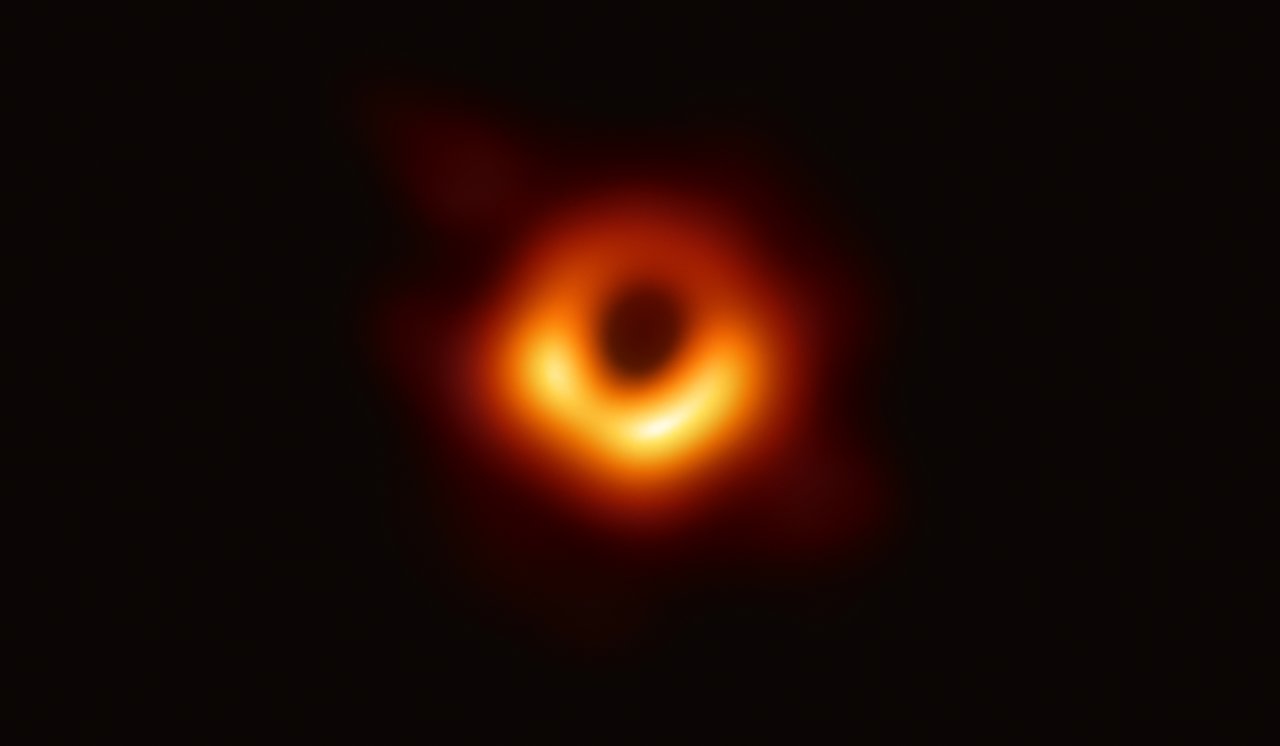Study Notes: Black Hole Imaging
1. Introduction
Black holes are regions in space where gravity is so strong that nothing, not even light, can escape. Imaging black holes was once thought impossible due to their “invisible” nature. However, advanced telescopes and computational techniques now allow scientists to capture images of the area surrounding black holes, known as the event horizon.
2. How Black Hole Imaging Works
2.1. Event Horizon Telescope (EHT)
- Global Telescope Network: The EHT is a network of radio telescopes across the globe, working together as a single “virtual” telescope using Very Long Baseline Interferometry (VLBI).
- Data Collection: Each telescope records radio signals emitted by hot gas swirling around the black hole.
- Data Processing: Petabytes of data are combined using supercomputers to produce a high-resolution image.
2.2. Imaging Process
- Signal Reception: Telescopes detect radio waves from the black hole’s accretion disk.
- Synchronization: Atomic clocks ensure all telescopes record data at precisely the same time.
- Data Combination: Algorithms merge data, correcting for atmospheric and instrumental differences.
- Image Reconstruction: AI and machine learning help reconstruct the final image from incomplete and noisy data.
Diagram: Black Hole Imaging Process

3. Surprising Facts
- First Image Was in 2019: The first-ever image of a black hole (M87*) was revealed in April 2019, showing a bright ring formed by light bending around the event horizon.
- AI Enhances Clarity: Artificial intelligence is now crucial for cleaning up and sharpening black hole images, making them more detailed and accurate.
- Data Size: The raw data collected for one black hole image is so large it cannot be sent over the internet; physical hard drives are transported between observatories.
4. Interdisciplinary Connections
- Physics: Understanding gravity, relativity, and quantum mechanics.
- Computer Science: Machine learning algorithms for image reconstruction.
- Astronomy: Observational techniques and telescope engineering.
- Chemistry & Materials Science: AI methods developed for black hole imaging are now used to discover new drugs and materials, accelerating research in these fields.
5. Memory Trick
Remember the acronym “EHI”:
Event horizon,
Hard drives (for data),
Intelligence (artificial)
— EHI helps you recall the key components: the event horizon, massive data storage, and AI-powered imaging.
6. Environmental Implications
- Energy Consumption: Supercomputers and global telescope arrays require significant electricity, contributing to carbon emissions.
- Data Storage: Massive data centers are needed, which have environmental footprints.
- Mitigation Efforts: Some observatories use renewable energy sources and optimize algorithms to reduce computational load.
7. Recent Research
A 2022 study published in Nature Astronomy (“The Event Horizon Telescope Collaboration et al., 2022”) used AI-driven algorithms to produce the most detailed image of the black hole at the center of our galaxy (Sagittarius A*). This research highlights the role of AI in enhancing image resolution and accuracy, and its applications in other scientific fields.
8. Artificial Intelligence in Drug and Materials Discovery
- Cross-Application: Techniques from black hole imaging (e.g., pattern recognition, noise reduction) are now applied to analyze molecular structures, predict drug efficacy, and design new materials.
- Speed and Accuracy: AI accelerates the discovery process, allowing researchers to simulate millions of compounds in silico before physical testing.
9. Summary Table
| Aspect | Details |
|---|---|
| Imaging Technique | VLBI, AI-enhanced reconstruction |
| First Image | M87*, 2019 |
| Data Volume | Petabytes, physical transport needed |
| Interdisciplinary Links | Physics, CS, Astronomy, Chemistry, Materials Science |
| Environmental Impact | High energy use, mitigated by renewables and efficient algorithms |
| Recent Study | EHT Collaboration, Nature Astronomy, 2022 |
| AI Applications | Black hole imaging, drug/materials discovery |
10. Visual Memory Aid

11. Key Terms
- Event Horizon: The boundary around a black hole beyond which nothing escapes.
- Accretion Disk: Hot, glowing matter swirling around a black hole.
- VLBI: Very Long Baseline Interferometry, technique for combining data from multiple telescopes.
- AI: Artificial Intelligence, used for image processing and scientific discovery.
12. References
- Event Horizon Telescope Collaboration et al. (2022). “First Sagittarius A* Event Horizon Telescope Results.” Nature Astronomy. Link
- European Southern Observatory (ESO), “First Image of a Black Hole,” 2019. Link
End of Study Notes